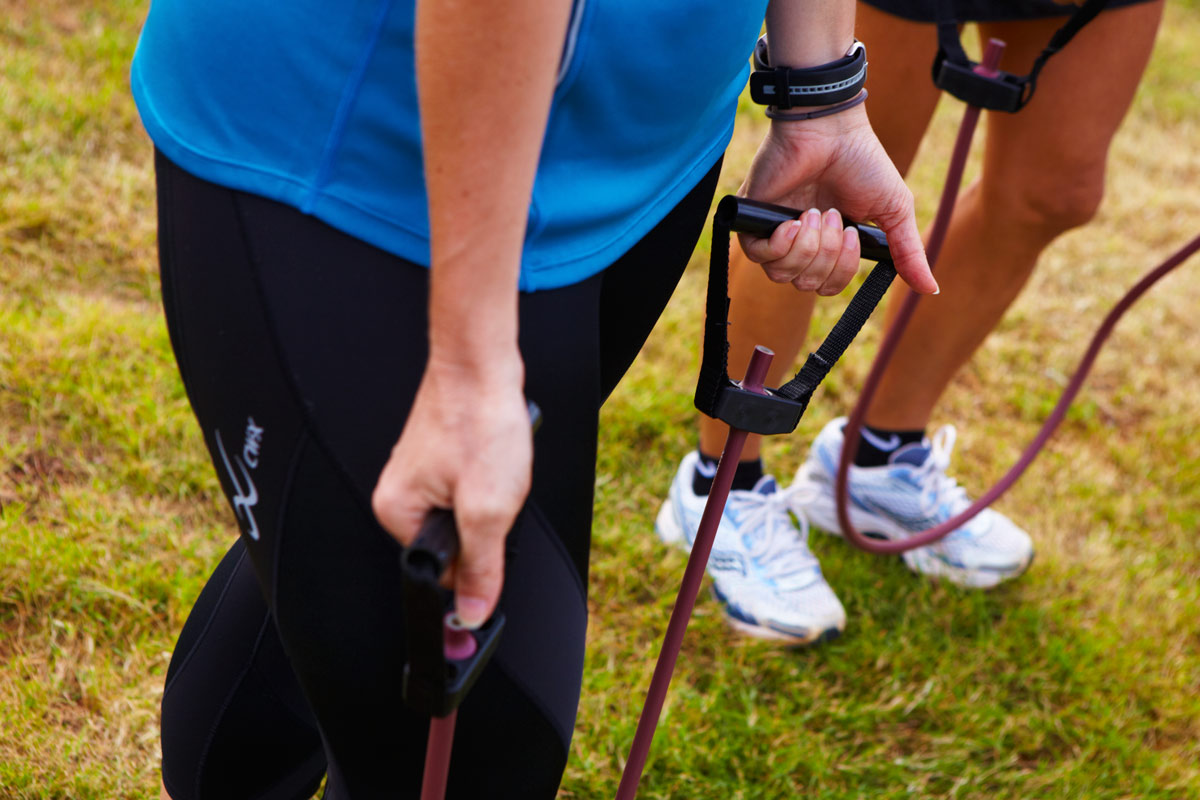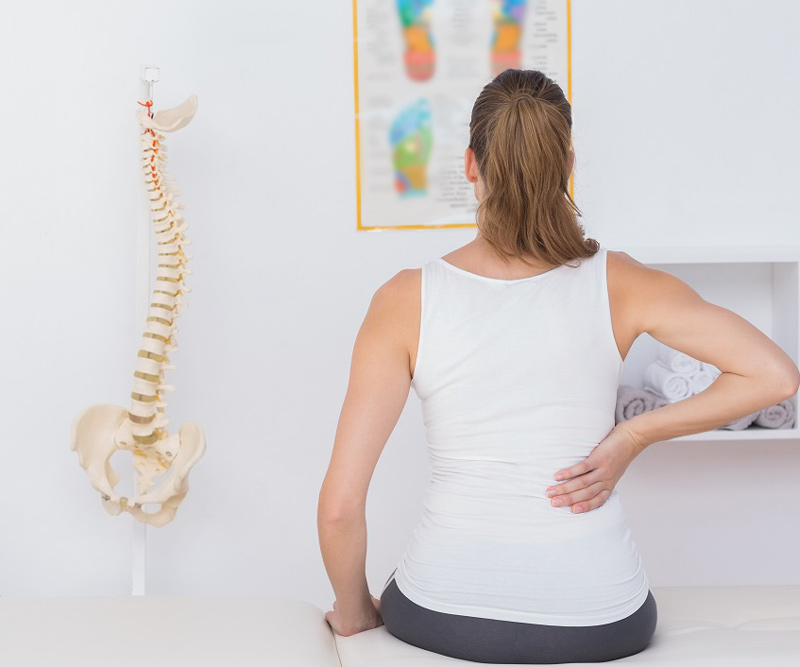
Getting a Grip on Arthritis
Sore, creaking knees. Swollen fingers and hands. Joint stiffness so bad you can’t run, jump and play like you used to. Even day-to-day activities like walking, standing, getting up from a chair and buttoning your clothes are getting difficult.
Many adults are all too familiar with the symptoms of arthritis.
This common disease affects nearly 53 million adults and even some 300,000 children. While it occurs most often among women and progresses with age, arthritis does not discriminate. People of every age, sex and race can develop one of the many types of arthritis and its related conditions.
There actually are more than 100 different types of “arthritis.”
Osteoarthritis (OA), or degenerative arthritis, is the most common type.
At least 27 million Americans suffer from this chronic joint condition in which cartilage, the material that cushions joints, breaks down. This causes exposed bone to rub against each other, resulting in stiffness, pain and loss of joint function.
Age is the leading cause of OA. The condition is present in more than 80 percent of people age 55 and older, compared to less than 0.1 percent in those ages 25-34.
Other risk factors include:
- Obesity.
- Previous injury or overuse of the joint.
- Weak thigh muscles.
- Genetics.
OA typically affects the neck, spine, smaller finger joints, thumbs, hips, knees and big toes. Other joints may be affected if they were previously subjected to trauma or injury.
Some people with OA have mild and episodic symptoms that don’t affect their ability to perform daily tasks. Other OA patients have more severe symptoms, making it difficult to perform everyday tasks.
Symptoms develop gradually, but can progress to include:
- Sore or stiff joints – particularly in the hips, knees and lower back – after inactivity or overuse.
- Stiffness after resting that goes away after movement.
- Pain that is worse after activity or toward the end of the day.
Other forms of arthritis include:
- Inflammatory arthritis – occurs when the body’s immune system mistakenly attacks the joints with uncontrolled inflammation, potentially causing joint erosion. Damage to the eyes, internal organs and other parts of the body may occur. Examples include rheumatoid arthritis, spondyloarthropathies and psoriatic arthritis.
- Infectious arthritis – occurs when a bacterium, virus or fungus enters the joint, which triggers inflammation. Common organisms that may travel and infect the joint through the blood stream include staphylococcus, streptococcus and gonorrhea. Immediate treatment with antibiotics and surgical cleaning are needed, but may result in chronic joint damage and disability if not treated in time.
- Metabolic arthritis – occurs when uric acid (gout) or calcium deposits (chondrocalcinosis, pseudogout or “fake gout”) build up and form needle-like crystals in the joints, resulting in sudden spikes of extreme joint pain or flares. Lowering uric acid levels with gout medication (allopurinol, febuxostat, probenecid, pegloticase) can help clean out gout deposits from affected joints and prevent future gout flares. Calcium deposits cannot be removed with medicines and may require periodic use of anti-inflammatories and steroids for flares. Daily maintenance using colchicine (an anti-crystal medicine) to reduce the frequency of flares may also be required.
If you have arthritis symptoms, your primary care physician will ask questions about your medical history and perform a physical exam. Further work-up, such as x-rays and lab tests, may be ordered to confirm the diagnosis or rule out other forms of arthritis.
Rheumatologists are arthritis specialists who help patients evaluate and manage arthritis, gout and other associated rheumatic cases.
Some forms of arthritis can affect other organs. For example, gout can be associated with kidney stones and reduced kidney function, while rheumatoid arthritis can inflame the eyes, lungs and blood vessels and can increase the risk of cardiovascular diseases in affected patients.
If arthritis affects other systems or parts of your body, other specialists such as ophthalmologists, dermatologists, orthopaedic surgeons or dentists also may be included in your health care team.
There is no cure for arthritis, but there are many ways to alleviate symptoms.
- Stay physically active. Strong muscles protect joints, while moving joints stimulates joint lubricant secretion, reduces stiffness and preserves a joint’s range of motion.
- Physical therapy or occupational therapy may be recommended to help improve strength and function. Water-based exercises are helpful when it becomes too painful to walk or do land-based exercises.
- Maintain a healthy weight. Losing 1 pound of body weight can take 4 pounds of pressure off your knee joints. An arthritis management plan should involve eating a nutritious diet and keeping the weight off.
- When needed, there are medications that help relieve pain. Many over-the-counter “arthritis” treatments like acetaminophen, ibuprofen and naproxen can harm vital organs like the liver and kidneys and may interact with prescription medicines. For these reasons, OTCs should always be taken under the supervision of a physician.
- If pain becomes severe and frequent, or mobility and daily activities become difficult, surgery may be considered.
- Physical limitations can cause feelings of frustration, dependency and clinical depression, which can reduce a person’s motivation to comply with treatment. Managing stress and depression, and getting a good balance of rest and activity each day are all important in long-term management.
Published on: March 16, 2015




